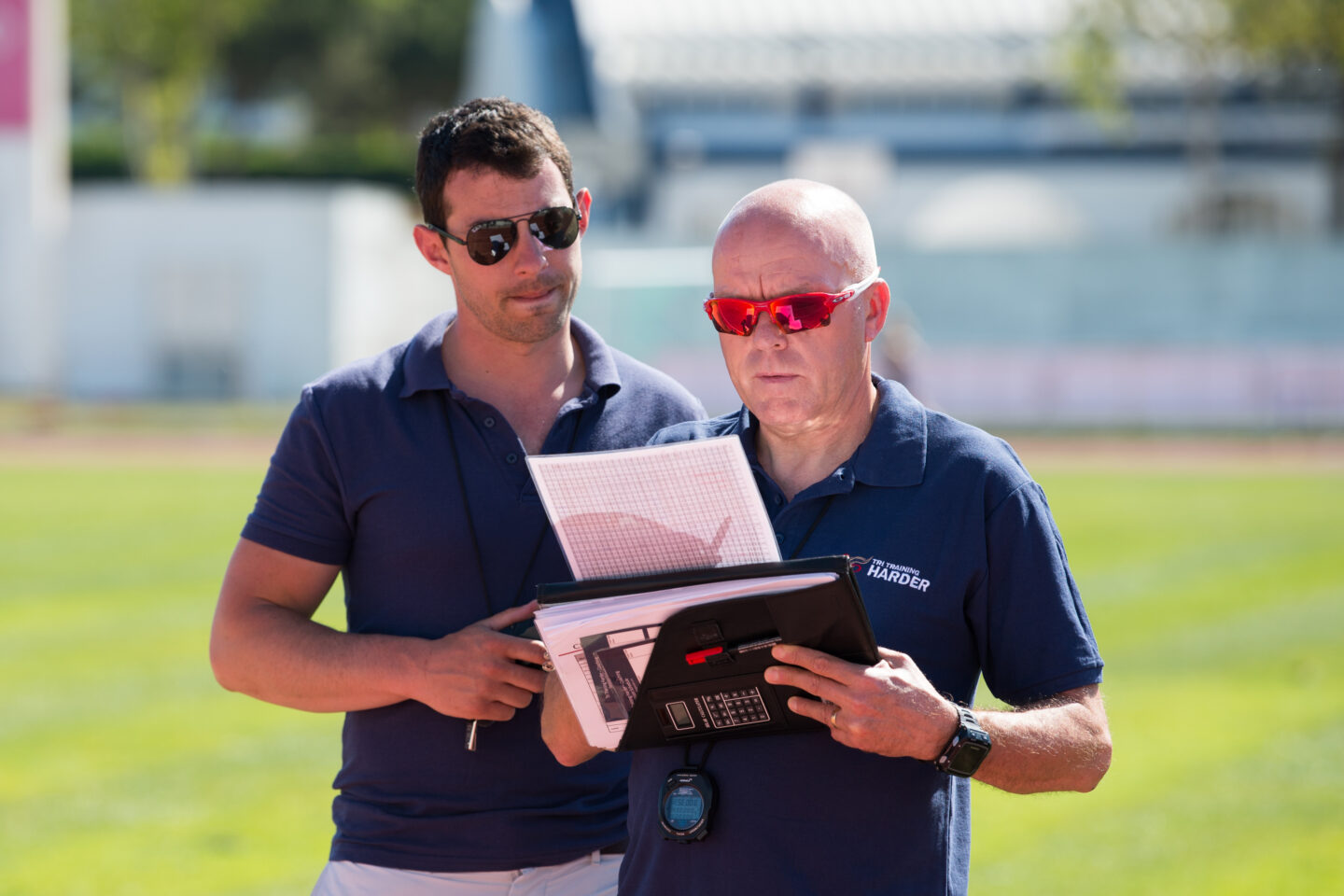Coach Philip Hatzis is in the business of positioning coaches for growth, both professionally and financially. He describes the mindset that every coach needs to embrace before they can effectively grow their business.
Coach Philip Hatzis is in the business of positioning coaches for growth, both professionally and financially. He describes the mindset that every coach needs to embrace before they can effectively grow their business.





